Special Museums in Vienna (7) // Spezielle Museen in Wien (7)
Ephesus Museum. Witnesses of a lost culture are the focus of part 7 of the series about museums worth seeing in Vienna. Ephesus, situated on the Turkish Aegean coast, experienced a heyday as the capital of the Roman province of Asia in the 1st and 2nd centuries AD. In the Ephesus Museum, archaeological finds from this period are on display.
Ephesos MuseumUm Zeugnisse einer versunkenen Kultur geht es in Teil 7 der Serie über sehenswerte Museen in Wien. Ephesos, gelegen an der türkischen Ägäisküste, erlebte als Hauptstadt der römischen Provinz Asia im 1. und 2. Jahrhundert n. Chr. eine wirtschaftliche und kulturelle Blütezeit. Archäologische Funde aus dieser Epoche können im Ephesos Museum besichtigt werden.
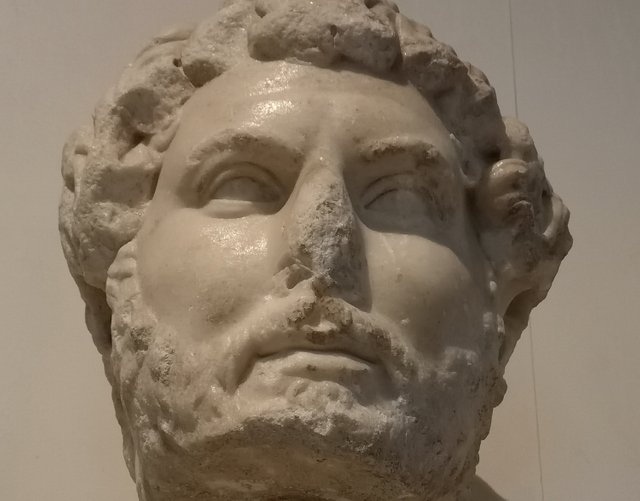
Austrian archaeologists have been engaged in the scientific study of Greco-Roman cultures in the eastern Mediterranean region since the end of the 19th century. One focus of their work is the excavations at Ephesos. The former metropolis was one of the most important cities of the ancient world. With the temple and sanctuary of the goddess Artemis (Artemision), it was home to one of the Seven Wonders of the Ancient World. In 1869 the British archaeologist John Turtle Wood, in cooperation with the British Museum, discovered the sparse remains of the temple under metre-high sand dunes.
Bereits seit Ende des 19. Jahrhunderts beschäftigen sich österreichische Archäologen mit der wissenschaftlichen Erforschung griechisch-römischer Kulturen im östlichen Mittelmeerraum. Einen Schwerpunkt bilden dabei die Grabungen in Ephesos. Die einstige Metropole zählte zu den bedeutendesten Städten der antiken Welt. Sie beherbergte mit dem Artemison (Tempel und Heiligtum der Göttin Artemis) eines der Sieben Weltwunder der Antike. 1869 entdeckte der britische Archäologe John Turtle Wood in Zusammenarbeit mit dem Britischen Museum unter meterhohen Sanddünen spärliche Überreste des einst größten Tempels der Antike.
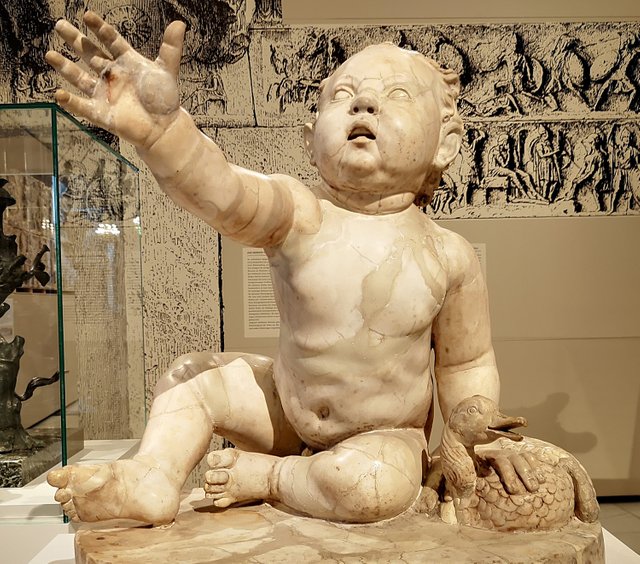
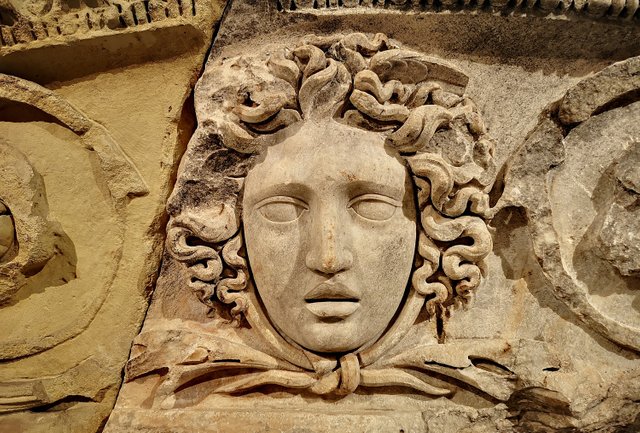
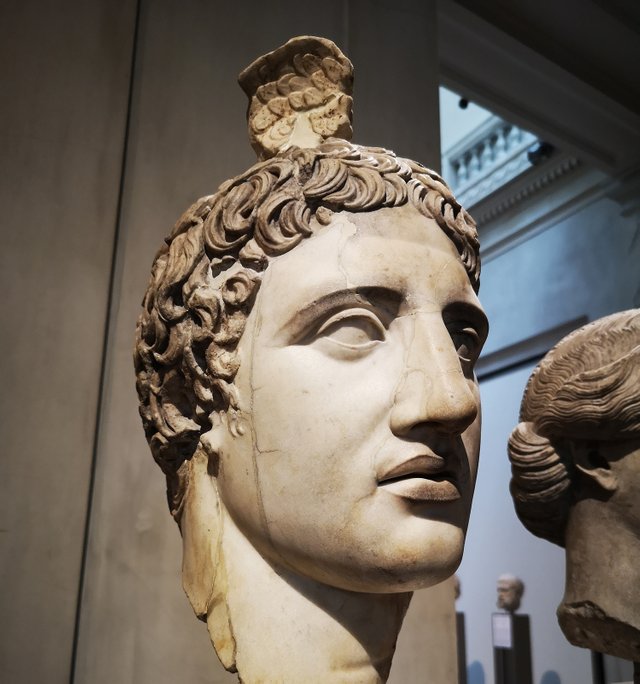
The excavations in the ruins of Ephesus were done with the permission of the authorities of the Ottoman Empire. The Austrian expedition team was also allowed to export part of the finds. Thus, many archaeological rarities were brought to Vienna.
Die Grabungen in den Ruinen von Ephesos fanden mit Genehmigung der Behörden des osmanischen Reiches statt. Auch wurde dem österreichischen Expeditionsteams die Ausfuhr eines Teils der Funde erlaubt. So gelangten viele archäologische Raritäten nach Wien.
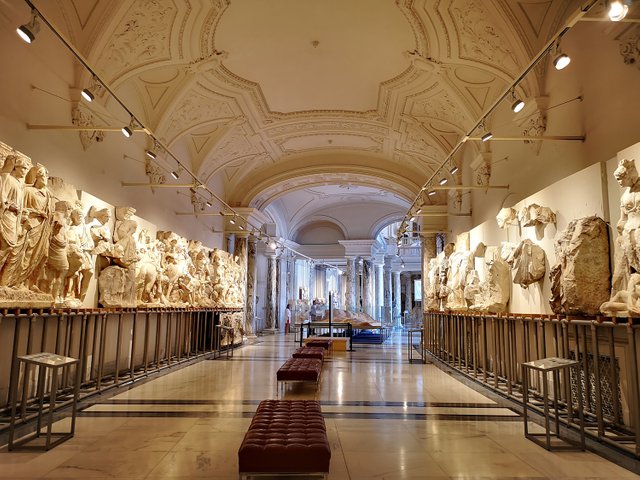
A highlight of the collection of the Ephesus Museum is the Parthian monument from the 2nd century A.D. These are relief slabs and fragments of a frieze of dolomite marble. The individual parts were found at different places in the excavation area, so that the original location and purpose of the monument can no longer be clearly determined. The monument shows the glorification of the Roman Empire in four thematic cycles.
Ein Höhepunkt der Sammlung des Ephesos Museums ist das Parthermonument aus dem 2. Jh. n. Chr. Dabei handelt es sich um Reliefplatten und Fragmente eines Frieses aus Dolomit-Marmor. Die einzelnen Teile wurden verbaut an unterschiedlichen Stellen im Grabungsgelände aufgefunden, sodass der ursprüngliche Standort und Zweck des Monumentes nicht mehr eindeutig festgestellt werden kann. Das Monument zeigt die Verherrlichung des römischen Imperiums in vier Themenzyklen.
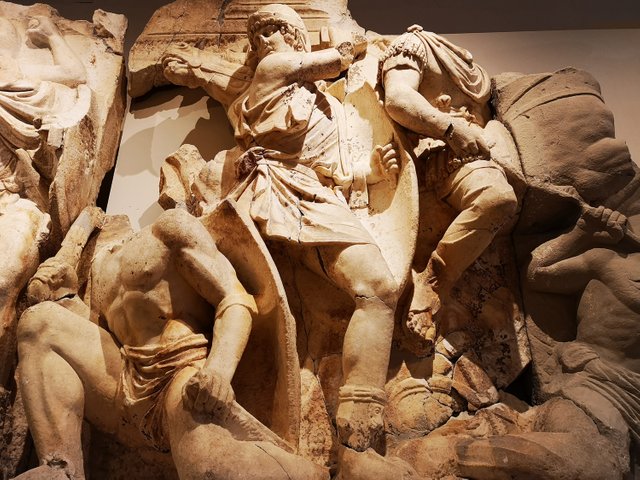
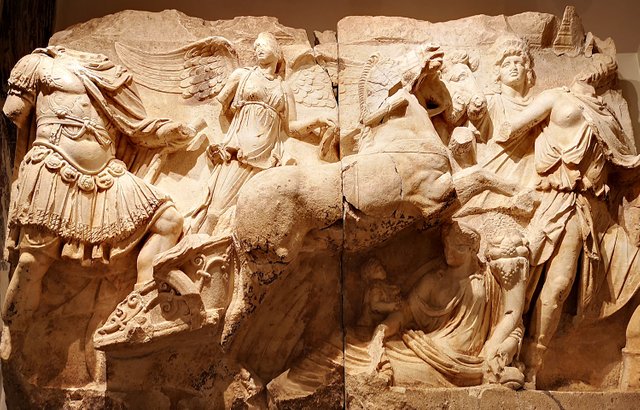
One of the interpretations of the monument can be understood as a victory monument for the battle of Emperor Lucius Verus against the Parthians. Above, battle scenes are depicted, below a detail of the emperor's triumphal procession.
Eine der Deutungen des Monuments versteht sich als Siegesdenkmal für den Feldzug von Kaiser Lucius Verus gegen die Parther. Oben sind Kampfhandlungen dargestellt, darunter ein Ausschnitt aus dem Triumphzug des Kaisers.
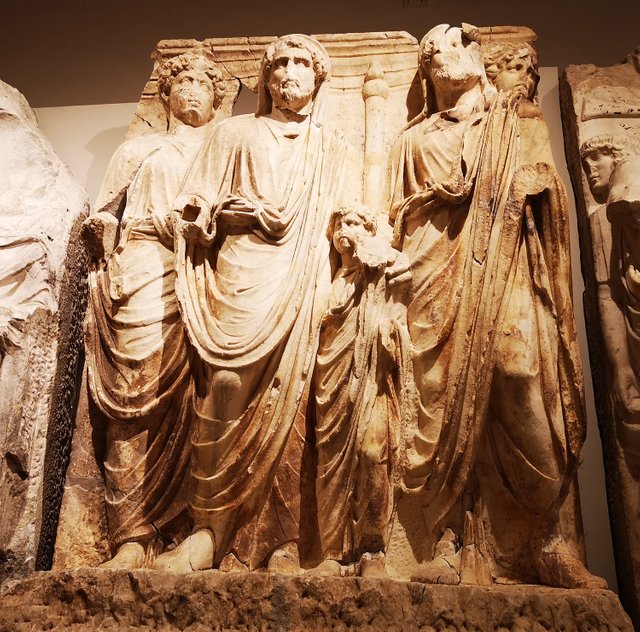
In 1903 one of the central relief plates of the monument was found. It depicts Hadrian, Antonius Pius, Lucius Verus and Marcus Aurelius, who were the four Roman emperors of the 2nd century AD. At that time it was customary to designate the emperor by adoption. Still during his lifetime the respective ruler chose his successor.
1903 wurde eine der zentralen Reliefplatten des Monuments gefunden. Dargestellt sind Hadrian, Antonius Pius, Lucius Verus und Marc Aurel, die vier römischen Kaiser des 2. Jh. n. Chr. Zur damaligen Zeit war es üblich, den Kaiser durch Adoption zu bestimmen. Noch zu Lebzeiten wählte der jeweilige Machthaber seinen Nachfolger aus.
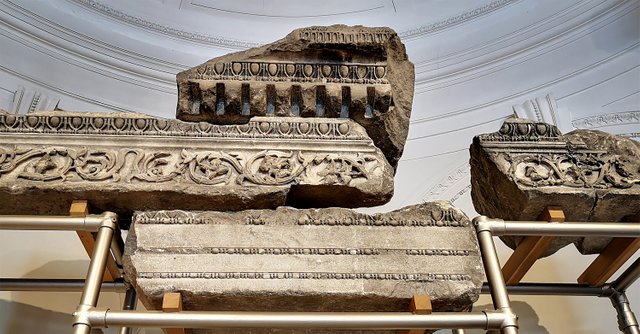
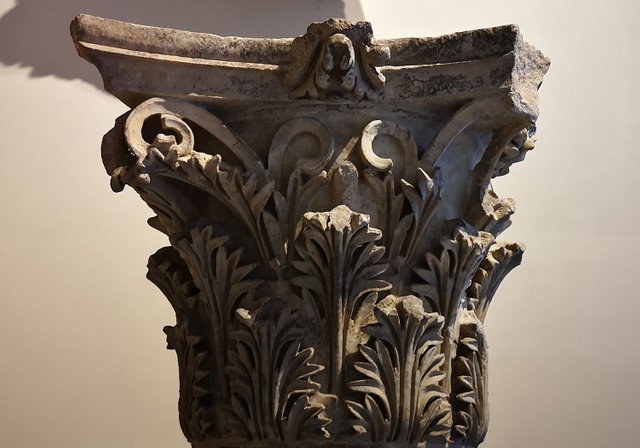
The museum also offers interesting insights into the history of architecture. The Corinthian capital (upper end of a column) was the leading form of Roman architecture. Characteristic are the leaves, which are called acanthus leaves because of their similarity to the plant commonly found in the Mediterranean region.
Das Museum bietet auch interessante Einblicke in die Architekturgeschichte. Das Kapitell (oberer Abschluss einer Säule) korinthischer Ordnung war die Hauptform der römischen Architektur. Charakteristisch sind die Blätter, die aufgrund ihrer Ähnlichkeit mit der im Mittelmeerraum häufig vorkommenden Pflanze als Akanthusblätter bezeichnet werden.
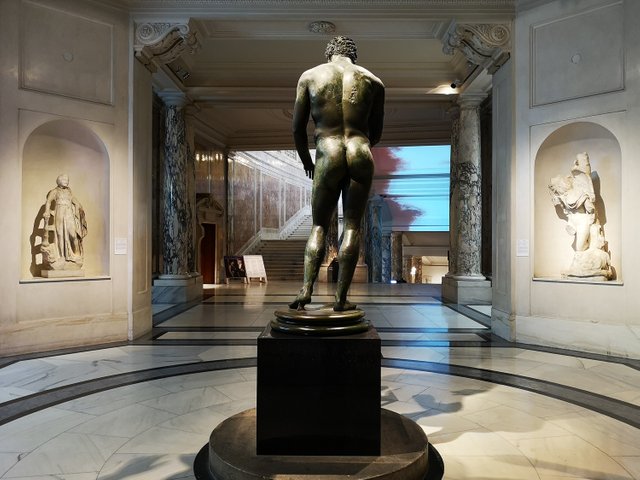
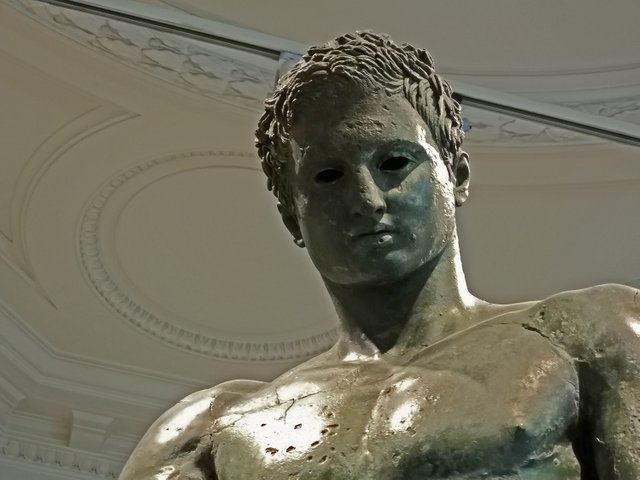
One of the most important finds were the more than 200 fragments of a shattered bronze statue, whose head and shoulder parts were still well preserved. The parts were put together in Vienna. For better stability the statue was filled up to the neck with a special cement. Bronze statues from antiquity are rare, as the valuable material was usually melted down.
Einer der bedeutendsten Funde waren die mehr als 200 Fragmente einer zerborstenen Bronzestatue, deren Kopf und Schulterpartie noch gut erhalten waren. Die Teile wurden in Wien zusammengesetzt, wobei die Statue zur besseren Stabilität bis zum Hals mit einem speziellen Zement gefüllt wurde. Bronzestatuen aus der Antike sind selten, da das wertvolle Material meist eingeschmolzen wurde.
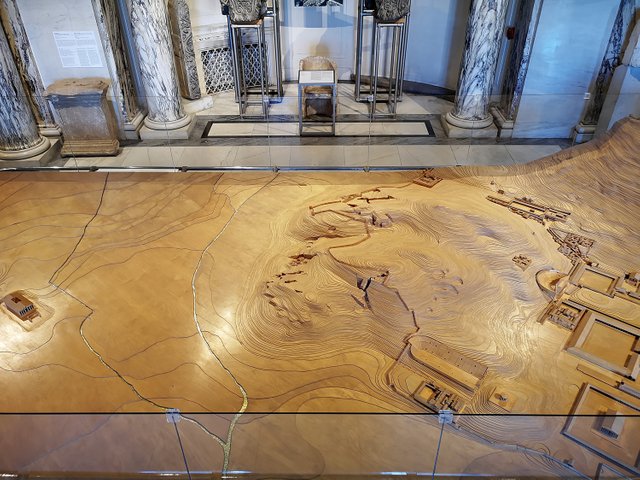
A 1:500 scale model shows buildings from the Hellenistic, Roman and Byzantine periods in restored condition.
Ein Modell im Maßstab 1:500 topografische Zusammenhänge erkennen und zeigt Bauwerke aus der hellenistischen, römischen und byzantinischen Zeit im restaurierten Zustand.
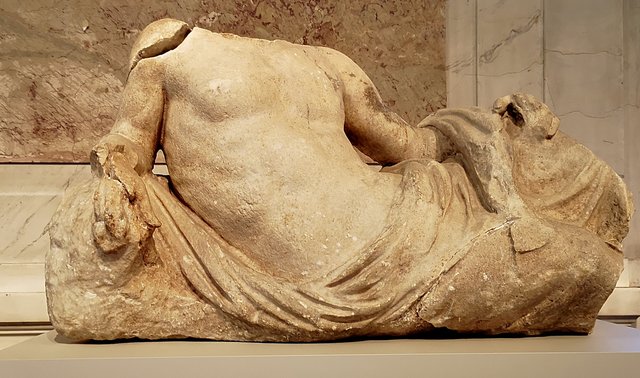
In addition to finds from Ephesus, the museum also houses sculptures from the Sanctuary of the Great Gods on the Greek island of Samothrace.
Das Ephosos Museum beherbergt neben Fundstücken aus Ephesos auch Skulpturen aus dem Mysterienheiligtum der griechischen Insel Samothrake.
Part 1 / Teil 1
Part 2 / Teil 2
Part 3 / Teil 3
Part 4 / Teil 4
Part 5 / Teil 5
Part 6 / Teil 6
Eine Woche Urlaub ist nicht genug, wenn man alle diese interessante kulturelle Erbe besichtigen möchte.
Wien hat scheinbar viel zu bieten.
Es ist sehr beindruckend, was die Menschen damals gebaut haben.
Vor allem wenn man überlegt, wie einfach die Werkzeuge waren. Die Bausteine sind auch sehr groß und schwer.
Wirklich spannend, was es in Wien alles gibt!
Da sind echt einige toll erhaltene Statuen usw dabei, nice :)
Danke für diesen schönen Beitrag!
Hallo Melvin,
die Liste der Museen und Sammlungen in Wien ist lang. Darunter sind auch einige ziemlich schräge Museen, wie das Folter- und Bestattungsmuseum oder das Condomi Museum. So schnell wird mir also der Stoff für die Museumsserie nicht ausgehen ;-)
Schöne Ferien!
Steem on und weiter viel Erfolg...
Du hast ein kleines Upvote vom German-Steem-Bootcamp erhalten.
Du findest uns im Discord unter https://discord.gg/HVh2X9B
Aktueller Kurator ist @don-thomas
Du möchtest keine Upvotes (mehr) von uns erhalten? Eine kurze Mittelung unter diesen Kommentar reicht.
Hier kannst du sehen wer uns bereits unterstützt und erfahren wie auch du uns und somit die deutschsprachige Community unterstützen kannst.
Vielen Dank @don-thomas und @steem-bootcamp :-)
Support of Visual Artworks and Photogrpahy on Steem by @stef1 and @art-venture , rewarded by the Steem Community Curation Project ( @steemcurator08 ).
Herzlichen Dank, thank you so much @stef1 & @art-venture.
Hi Vieanna! You really are an amazing tourguide and so wonderful you see these great things and share it with us. It feels like being there with you. We have been to Efeze and really if you see your photo´s don't go because there is not that much to see. Awesome photography as well!
Hi @steemingcurators, I appreciate not only your support but also your personal commentary. Thanks a lot! Good to know that you don't miss much by not visiting the ruins of Ephesus.
Thanks! It is because you are great. A great artist with probably one of the best contents on Steemit. I love your trips to the museum! Really, thank you!
Thanks for Steeming, you are amazing!
Thank you very much for the recognition and appreciation of my work on Steemit, which I enjoy very much.
Thank you for being awesome! You just got upvoted by the @steemingcurators. We are voting with the Steemit Community Curator @steemcurator02 account to support the best content on Steemit!
Follow @steemingcurators and also the official @steemitblog for info about Steemit, contests and the Daily Diary Challenge! Share your stories on Twitter or other social media to get extra upvotes. Just comment the link in your posts!
Biggest Live Music contest on Steemit #MusicForSteem
Follow @musicforsteem and the official community on Steemit: MusicForSteem🎵
STEEM ON!
Thank you so much for your great support! Nice to see that dedication is appreciated.